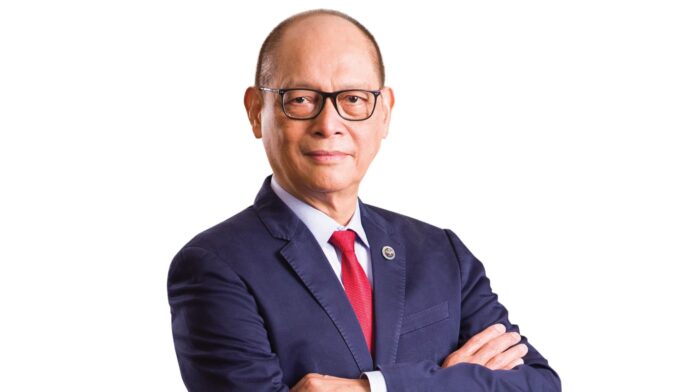Finance Secretary Benjamin Diokno has briefed the Foreign Correspondents Association of the Philippines (FOCAP) on the country’s economic strategies for the next five years.
Diokno said in his keynote speech at the FOCAP Prospects for the Philippines Forum that the National Economic and Development Authority (NEDA) Board already approved the new Infrastructure Flagship Projects (IFP) list last March 9.
“Most of these flagship projects are aimed at improving physical connectivity and water resources such as irrigation, water supply, and flood management. The list also includes projects on digital connectivity, health, energy, and agriculture infrastructure,” Diokno said.
The list includes 194 high-impact IFPs, 95 of which are already underway.
Diokno said the country’s strong macroeconomic fundamentals, marked by its record-high full-year economic growth in 2022, low unemployment, and on-target fiscal performance, is a source of optimism for the country’s medium to long-term outlook.
The chief of the Department of Finance (DOF) also mentioned that the Japan Credit Rating (JCR) Agency recently affirmed its ‘A-’ credit rating with a stable outlook for the Philippines, which reflects the country’s high and sustained economic growth performance underpinned by solid domestic demand.
Persistently high inflation, however, remains a top concern.
According to Diokno the Finance department is working closely with the relevant agencies to construct a short- to medium-term framework to mitigate inflation by improving every stage of the supply chain.
The Marcos administration’s comprehensive eight-point socioeconomic agenda tackles immediate on-the-ground concerns such as high inflation and the lingering effects of the pandemic.
While for the medium term, the plan focuses on boosting job creation as a recovery strategy.
Diokno emphasized the need for not just more jobs, but quality and green jobs, which can be achieved through more investments in public infrastructure, human capital development, and digitalization that have high multiplier effects on the economy.
The government’s vision for the country is detailed in the Philippine Development Plan (PDP) 2023-2028, which contains actionable strategies to reinvigorate job creation and accelerate poverty reduction through sustained and inclusive economic growth.
“Let us not lose sight of the end goal of all these investments, which is to reduce poverty and raise the standard of living for all Filipinos. This is the be-all and end-all of every plan, project, and effort.”
Finance Secretary Benjamin Diokno
To kickstart these massive development projects, the government will seek collaboration with the private sector through the Public Private Partnership (PPP) Act, enhanced by the revised implementing rules and regulations (IRR) of the Build-Operate-Transfer (BOT) Law.
Finally, the government continues to leverage its game-changing reforms, such as the amendments to the Public Service Act, Foreign Investments Act, and Retail Trade Liberalization Act to attract global partners, investors, and innovators.
“There is plenty of room for optimism. To our media partners, I am hopeful that you will tell the Philippine economic story, with both its struggles and achievements, with balance and fairness,” Diokno added.







